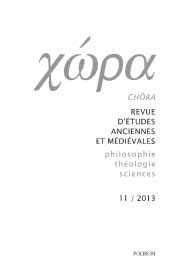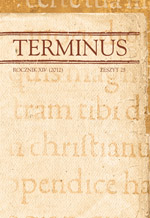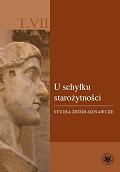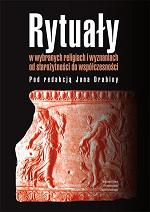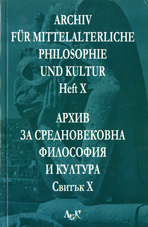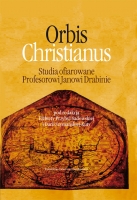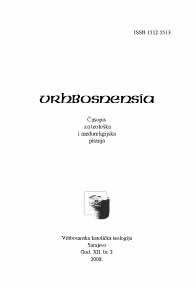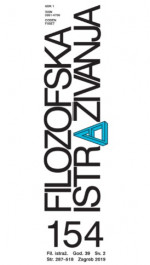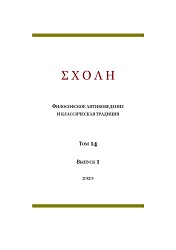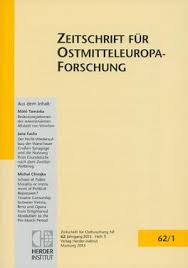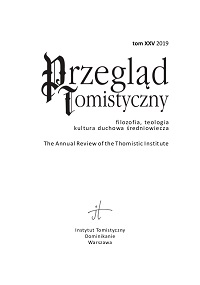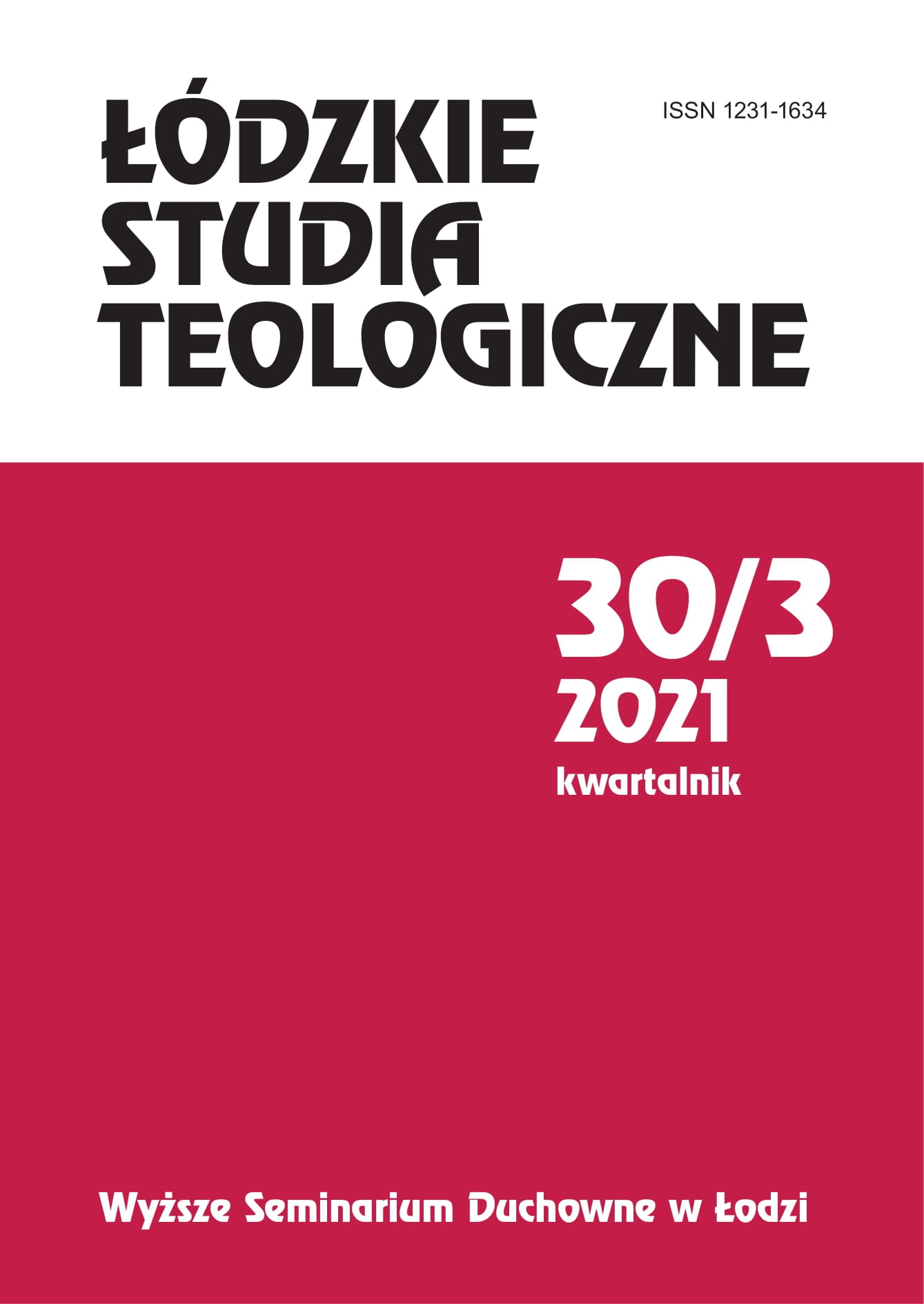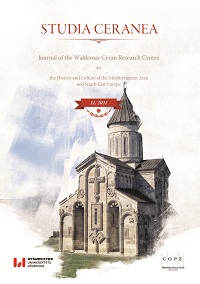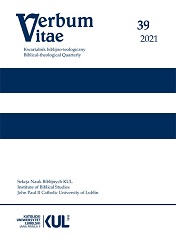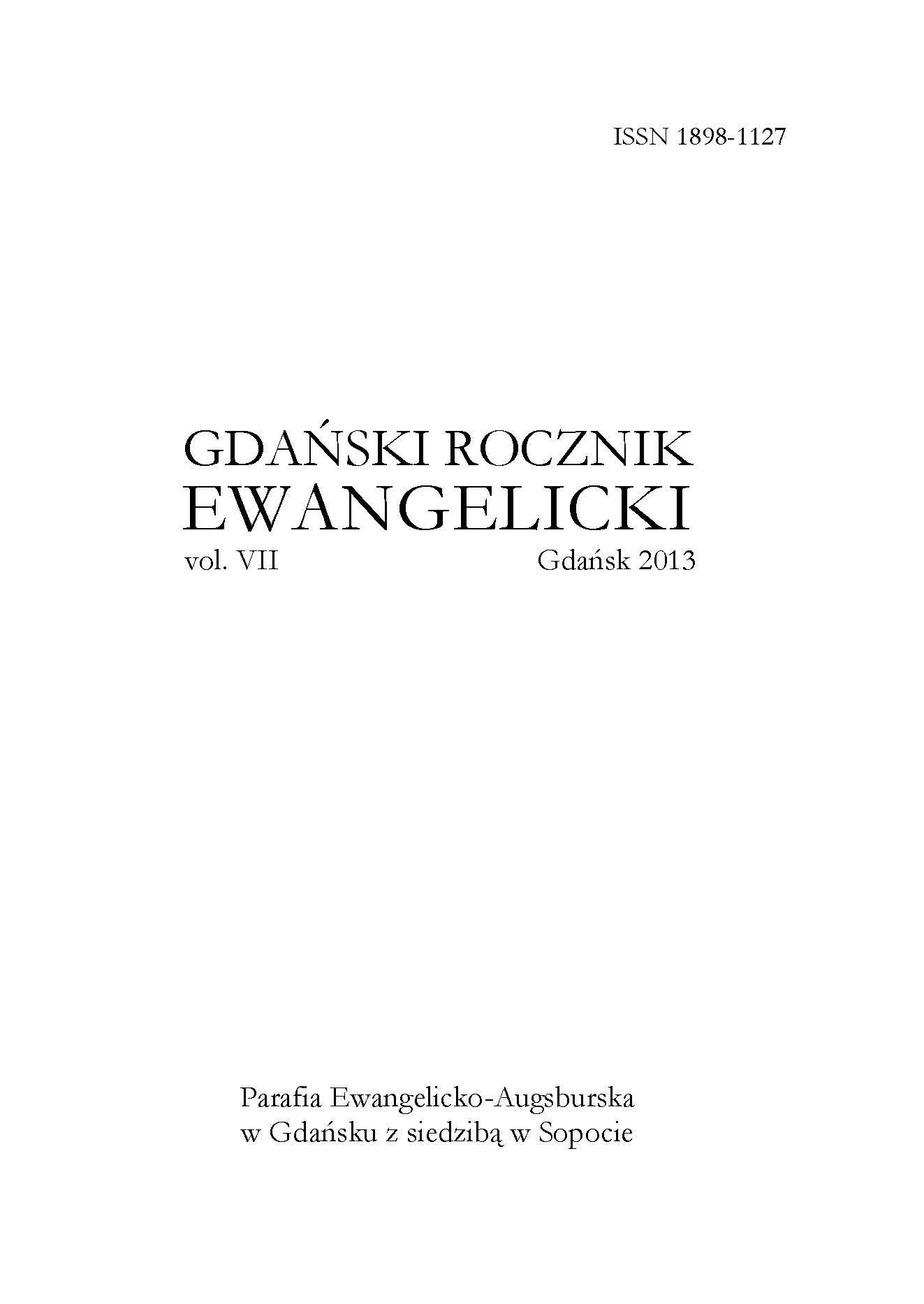
„Pilate saith unto him: What is truth?” Emet and alētheia in Jewish and Greco-Roman tradition. Cultural-theological reading of J 8,31-32 and J 18,37-3
„Rzekł mu Piłat: Co to jest prawda?” ’Emet i alētheia w tradycji żydowskiej i grecko-rzymskiej. Kulturowo-teologiczne odczytanie J 8,31-32 i J 18,32
Keywords: Truth; Old Testament; Greek philosophy
During the interrogation of Jesus before the tribunal of Pilate a question is posed: “What is truth?” (Gospel of John). The author makes it a canvas of the article and on this basis in the first part he wants to present similarities and differences in perception of truth in Jewish and Greco-Roman tradition. He starts from the meaning of the Hebrew term ’emet and analyses its use in the Old Testamental environment as well as in the intertestamental period (Qumran, Philo of Alexandria). The term ’emet is much more capacious than its Polish equivalent and it means the truth as well as faithfulness, reliability, stability. In the OT writings it plays an important role in relation to God and His word as well as God’s deeds (eg. the Law, the Covenant), and together with the word hesed it constitutes a characteristic hendiadys. The Jews, how¬ever, knew also use of the term ’emet similar to the contemporary (compliance of a spoken judgment with reality; in this way it was used in everyday speech and the judiciary). In later texts it appears in the sense of knowledge hidden from the profanes, having its source in heaven and passed by messengers-an¬gels to sages and prophets. Those in turn were to instruct worthy people, who in this way are acquainted with God’s plans. In the Greek culture, at least from the times of Parmenides, the truth (alētheia) was identified with being. Some philosophers identified pre-being with Deity (Xenophanes) or the Rule/Rules of the world (archē/archai). This concept was professed, among others, by Socrates, Plato and Aristotle, alt¬hough each one of them within specifically conceived metaphysics. The ob¬jective nature of truth was negated by sophists, followed by agnostics. In other philosophical schools alētheia was conceived in close relation to ethics. However, depending on the schools and even on the period of their devel¬opment, certain changes occurred, as in the case of intermediate and younger Academy (moderate skepticism and probabilism). In Rome, where the stoic mainstream and eclecticism (Cicero) dominated, awareness of the variety of definitions of truth led to the attitude of keeping distance to any certainties. Philosophising Romans, especially the skeptics and eclectics, referred to the principle of probability and common sense.
More...
